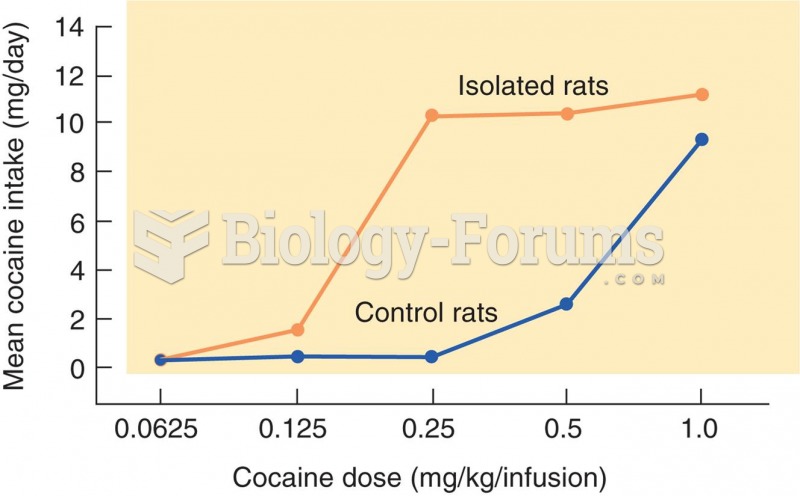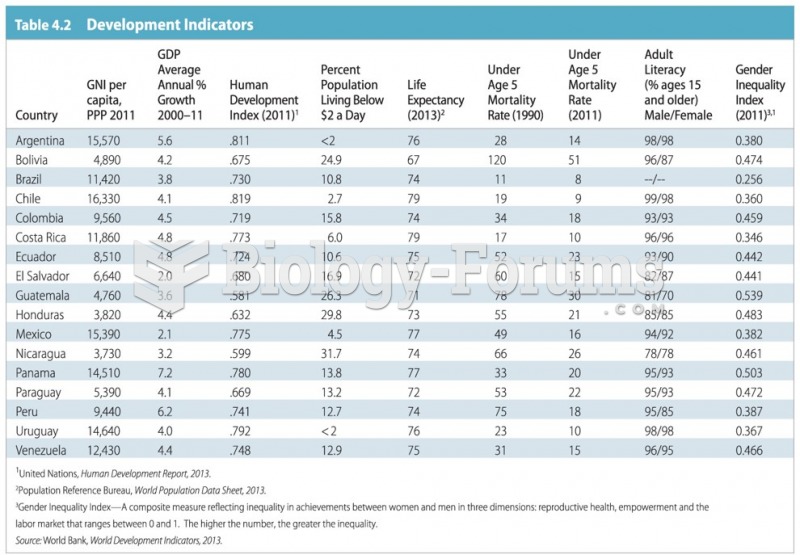Answer to Question 1
1. Cerebral's strategy is to focus on service-oriented customers who are willing to pay a higher price for services. Even though candy bars are largely a commodity product, Cerebral wants to differentiate itself through the service it provides with its custom labeling and high-quality product.
Does the scorecard represent Cerebral's strategy? By and large it does. The focus of the scorecard is on measures of process improvement, quality, market share, and financial success from product differentiation and charging higher prices for customer service. There are some deficiencies that the subsequent assignment questions raise, but abstracting from these concerns for the moment, the scorecard does focus on implementing a product differentiation strategy.
Based on the scorecard being reasonably well designed, how has Cerebral performed relative to its strategy in 2013? It appears from the scorecard that Cerebral was successful in implementing its strategy in 2013. It achieved all targets in the financial, internal business, and learning and growth perspectives (other than women and minorities in the workplace). The only target it missed was the market share target in the customer perspective. At this stage, students may raise some questions about whether this is a good scorecard measure. Requirement 3 gets at this issue in more detail. The bottom line is that measuring market share in the overall candy market rather than in the specialty candy market segment is not a good scorecard measure, so not achieving this target may not be as big a miss as it may seem at first.
2. Yes, Cerebral should include some measure of customer satisfaction in the customer perspective. Cerebral's differentiation strategy and ability to charge a premium price is based on meeting and/or exceeding customer expectations, especially in the custom design of the labels. Unsatisfied customers will not be loyal or will be unlikely to recommend the company's product. Hence, customer satisfaction is very important to Cerebral for implementing its strategy. These measures are leading indicators of whether Cerebral will be able to increase its market share in the specialty candy market and should be measured on the balanced scorecard.
3. To evaluate if it has been successful in implementing its strategy, Cerebral needs to measure its market share in its targeted market segment, not its market share in the overall market. Given Cerebral's strategy, it should not be concerned if its market share in the candy bar segment declines. In fact, charging premium prices will probably cause its market share in this segment to decline. Cerebral should replace market share in overall candy bar market with market share in the specialty food/candy segment in its balanced scorecard customer measure. If Cerebral is successfully implementing its strategy, its market share in the specialty candy segment should increase.
4. Cerebral is correct in not measuring changes in operating income from productivity improvements on its scorecard under the financial perspective. Cerebral's strategy is to grow by charging premium prices for customer service. The scorecard measures focus on Cerebral's success in implementing this strategy. Productivity gains per se are not critical to Cerebral's strategy and, therefore, should not be measured on the scorecard.
5. Cerebral included social and environmental performance measures in its balanced scorecard because it believes strong environmental and social performance gives it a competitive advantage by (1) attracting and inspiring outstanding employees, (2) enhancing its reputation with socially conscious customers, investors and analysts, and (3) boosting its image with governments and citizens, all of which contribute to long-run financial performance. Cerebral also believes that focusing on environmental and social performance in addition to financial performance helps it to innovate in technologies, processes, products, and business models to reduce the trade-offs between financial and sustainability goals and build transformational leadership and change capabilities to implement these triple bottom line strategies.
Following the concept of shared value, Cerebral includes social and environmental measures (together with business goals and measures) in its balanced scorecard to evaluate how well it is doing toward achieving its social and environmental goals. The balanced scorecard indicates that Cerebral's social and environmental initiatives are having an effect. Cerebral's increased use of recycled materials as a percentage of total materials used has resulted in attracting customers for whom using recycled materials matters, creating long-term financial benefit. Similarly increasing the number of women and minorities employed will allow Cerebral to target a larger number of talented individuals. Reducing the size of packaging both increases income and reduces waste, achieving both financial and sustainability objectives.
Not all companies believe in implementing sustainability goals, but those that do find the balanced scorecard to be a useful tool to simultaneously implement both financial and sustainability goals.
Answer to Question 2
d







